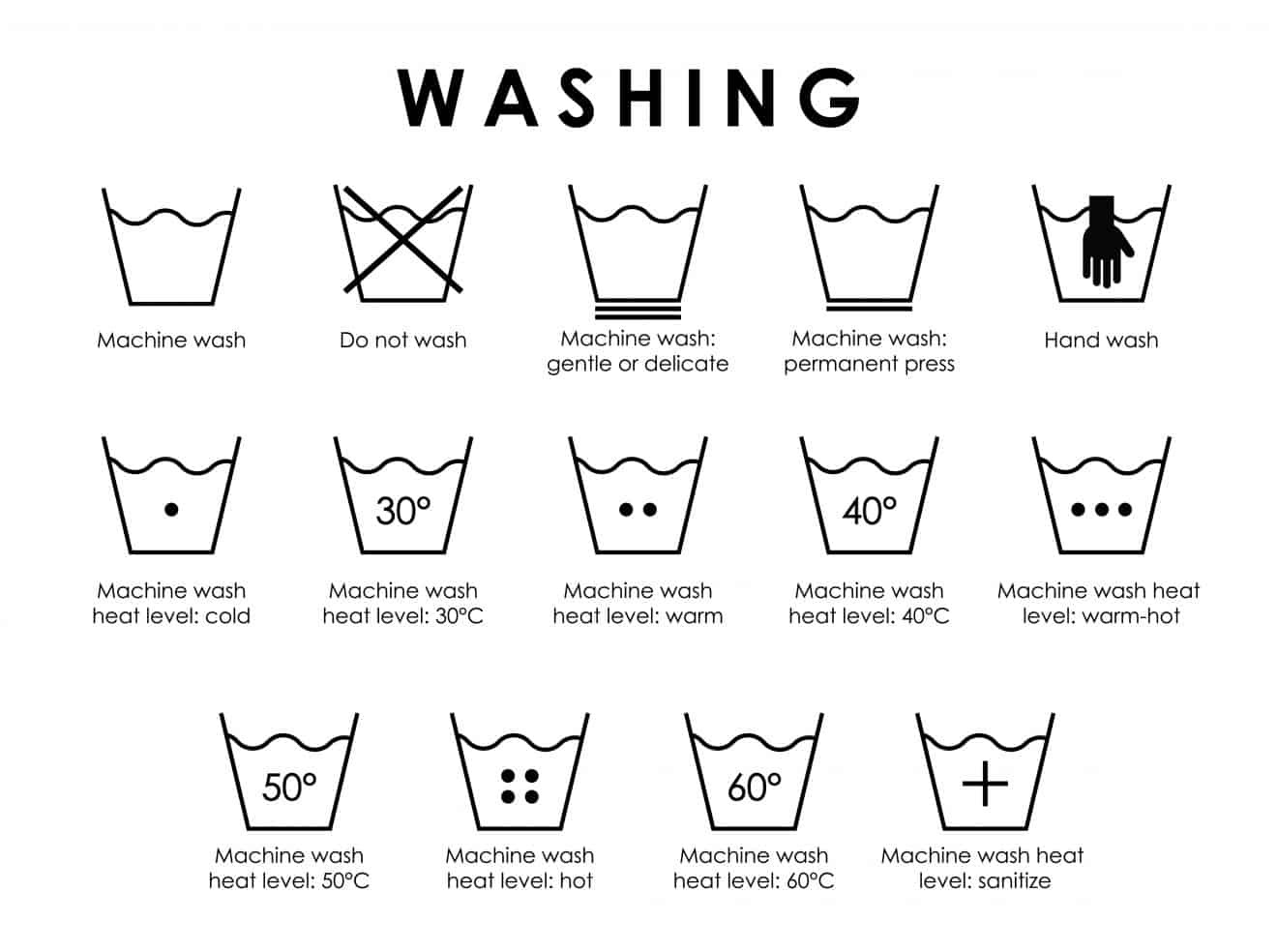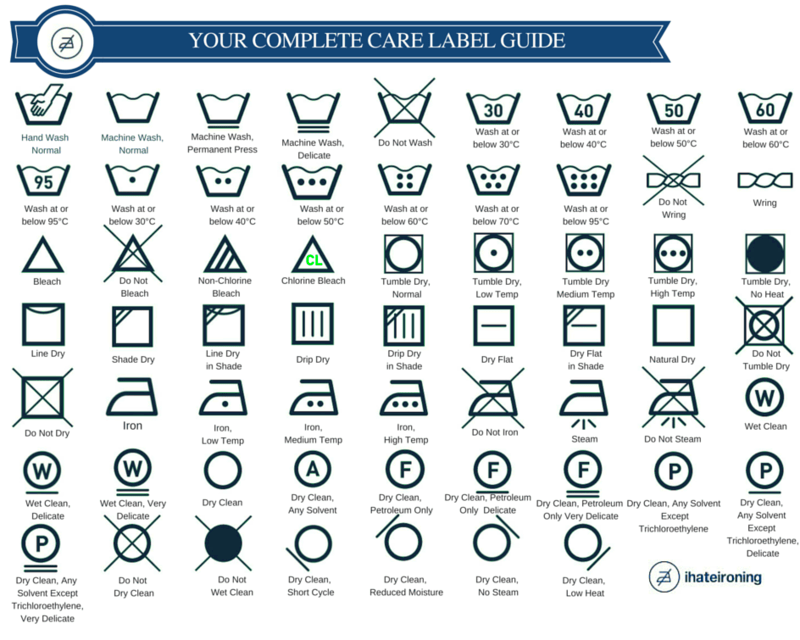Have you ever come across a
Shutterstock image and wondered about those strange symbols on it? You're not in this. These symbols can be a bit bewildering, particularly if you're not familiar with stock images. Having spent a lot of time browsing through stock photo websites I can relate to the annoyance of spotting those pesky watermarks and whitewash marks on otherwise flawless pictures.But fret not! Grasping the meaning behind these symbols will simplify the process of finding images that suit your preferences and help you steer clear of any surprises, along the way.
Understanding Watermarks on Shutterstock Images

Watermarks are those big, usually see through logos or text that you come across on
Shutterstock pictures. They have a role to play safeguarding the creative rights of the image maker and stopping misuse. Picture this; you're browsing a bookstore and spot a stunning book cover featuring the authors name prominently displayed. It's kind of like how watermarks function – they serve to mark and secure the origin of an image.
Here's why watermarks are so important:
- Copyright Protection: Watermarks ensure that the image's creator is credited and protected from theft.
- Preview Purposes: They allow potential buyers to view the image before making a purchase decision.
- Preventing Misuse: By marking the image, Shutterstock helps deter people from using it without permission.
Having attempted to incorporate an image into a project I swiftly realized that watermarks serve as an indication that the image is protected by copyright and cannot be utilized without obtaining the appropriate license.
What Whitewash Means in Shutterstock Images

Whitewashing in
Shutterstock images involves using a coat of white or semi transparent layer on specific areas of an image. This technique can hide details and diminish the overall attractiveness of the picture. So why is it employed? The purpose is to safeguard the content of the image while still giving you a glimpse of its overall quality and structure.
Here’s the lowdown on whitewash:
- Content Protection: Just like watermarks, whitewash helps protect the image from unauthorized use by obscuring certain details.
- Preview Function: It lets you get a sense of the image's overall look and feel without giving away too much.
- Balancing Act: Whitewash balances between protecting the image and giving you enough to decide if it’s right for your needs.
Based on my experience it can be tough to handle images that have been overly edited. There was a time when I spent quite a while trying to decide if a picture would work for my blog only to discover that the editing had concealed important aspects. This situation happens frequently but grasping the reasons behind it makes it easier to explore your choices.
How to Remove Markings from Shutterstock Images
Getting rid of watermarks on
Shutterstock images can be quite a task. Having dealt with this situation myself I totally get the urge to look for a workaround for those annoying markings and overlays. However it's important to handle this matter properly to steer clear of any legal or moral complications.
Here’s what you need to know:
- Purchase the Image: The most straightforward way to remove watermarks and whitewash is to buy the image. Once you purchase it, you’ll get a high-resolution, watermark-free version that you can use legally.
- Image Editing Software: If you’re working with an image where the watermark is less intrusive, you might be able to use editing software like Adobe Photoshop to crop or blur the watermark. However, this approach is not always effective and may not work with more complex markings.
- Contact Shutterstock: If you have a specific image you’re interested in but are concerned about the markings, contacting Shutterstock directly might help. They can provide guidance or alternative solutions if you have a legitimate use case.
From my perspective attempting to get rid of a watermark on an unlicensed image proved to be quite a hassle and a time sink. I've come to realize that the approach is to follow the procedures and make sure you're using images in a lawful and principled manner.
Alternatives to Shutterstock Images
If you find the watermarks and whitewash of
Shutterstock to be quite bothersome, there are numerous other choices available. After browsing through different stock photo platforms, I can suggest a few alternatives that could be worth exploring.
Here are a few alternatives:
- Adobe Stock: Known for its high-quality images and user-friendly interface, Adobe Stock is a great alternative with a broad range of options.
- Getty Images: Getty offers a wide selection of premium images, although it can be on the pricier side. Their licensing options are clear and straightforward.
- Unsplash: If you’re looking for free, high-quality images, Unsplash is a fantastic resource. All images are free to use, even commercially, without the need for licensing.
- Pexels: Another excellent source of free stock photos and videos, Pexels offers a diverse collection that can be used without worrying about watermarks.
In my own journey looking into these options has frequently spared me time and annoyance. They present a range of visuals that could suit your requirements without the extra hassle of dealing with watermarks.
FAQ
Q: Why are there watermarks on Shutterstock images?
Watermarks serve as a safeguard for the creative rights of image makers and to deter misuse. They act as a cue that the picture is protected by copyright and not yet authorized for usage.
Q: Can I legally use a Shutterstock image with a watermark?
A: Absolutely, it's against the law to use an image that has a watermark without obtaining the necessary licenses. If you want to use the image in a way you need to buy a license from Shutterstock. They will provide you with a version that doesn't have the watermark.
Q: What is the difference between watermarks and whitewash?
Watermarks refer to logos or text added to an image whereas whitewash involves applying a translucent white coating to hide portions of the picture. Although both methods aim to safeguard the image against usage they do so through means.
Q: What should I do if I need an image that is watermarked or has whitewash?
A: The most effective way to obtain the image is by buying it from Shutterstock. This will allow you to access a top notch version without any watermarks. Alternatively you can check out other stock photo websites for comparable images that might not have those watermarks.
Q: Are there any free alternatives to Shutterstock?
Absolutely platforms such as Unsplash and Pexels provide free high resolution images. You can often use these images for commercial purposes without any watermarks or licensing costs.
Conclusion
Navigating the world of Shutterstock images can be a bit challenging especially with the presence of watermarks and whitewash. However grasping these markings and knowing how to deal with them is essential for anyone involved in stock photography. Through my experiences I've come to realize that although these markings can be exasperating they play significant roles in safeguarding the rights of creators and ensuring fair usage of their work.Its important to keep in mind that the approach is to adhere to copyright laws and acquire licenses for the images you require. This not supports the artists but also guarantees that you receive high quality unmarked images, for your projects. Embrace the learning process and you'll discover that managing these intricacies becomes much simpler, with time.
 Watermarks are those big, usually see through logos or text that you come across on Shutterstock pictures. They have a role to play safeguarding the creative rights of the image maker and stopping misuse. Picture this; you're browsing a bookstore and spot a stunning book cover featuring the authors name prominently displayed. It's kind of like how watermarks function – they serve to mark and secure the origin of an image.
Watermarks are those big, usually see through logos or text that you come across on Shutterstock pictures. They have a role to play safeguarding the creative rights of the image maker and stopping misuse. Picture this; you're browsing a bookstore and spot a stunning book cover featuring the authors name prominently displayed. It's kind of like how watermarks function – they serve to mark and secure the origin of an image. Whitewashing in Shutterstock images involves using a coat of white or semi transparent layer on specific areas of an image. This technique can hide details and diminish the overall attractiveness of the picture. So why is it employed? The purpose is to safeguard the content of the image while still giving you a glimpse of its overall quality and structure.
Whitewashing in Shutterstock images involves using a coat of white or semi transparent layer on specific areas of an image. This technique can hide details and diminish the overall attractiveness of the picture. So why is it employed? The purpose is to safeguard the content of the image while still giving you a glimpse of its overall quality and structure.
 admin
admin








